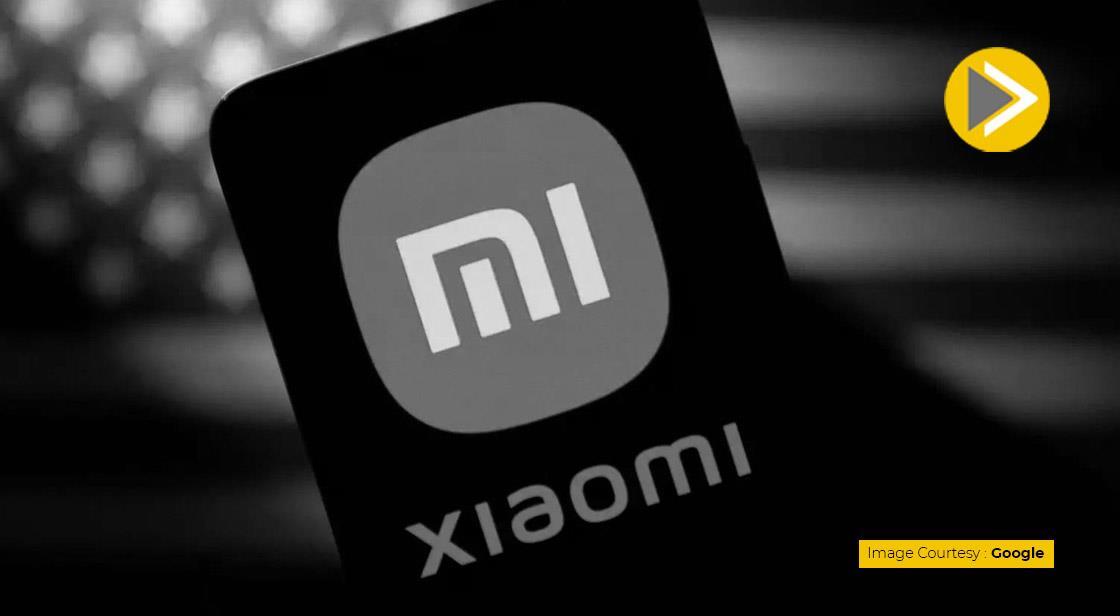Xiaomi Set to Launch 15S Pro and Pad 7 Ultra Featuring In-House XRING O1 Chip: Key Details Inside

News Synopsis
In a strategic shift towards chipmaking independence, Chinese tech giant Xiaomi has announced that its upcoming flagship smartphone and tablet—the Xiaomi 15S Pro and Xiaomi Pad 7 Ultra—will debut with the company’s first-ever in-house chipset, the XRING O1. The move marks Xiaomi’s foray into custom silicon design as it looks to reduce reliance on third-party chipmakers like Qualcomm.
This development signals Xiaomi's growing ambition to control both hardware and software experiences across its ecosystem, similar to strategies adopted by Apple, Samsung, and Google.
XRING O1 SoC: Xiaomi’s First Custom Chip
The newly developed XRING O1 System-on-Chip (SoC) will power both the 15S Pro and Pad 7 Ultra. Built using advanced 3nm process technology, the chip is engineered for performance and power efficiency.
Key specifications of XRING O1:
-
10-core CPU for high-performance processing
-
16-core GPU optimized for advanced graphics tasks and gaming
-
6-core NPU (Neural Processing Unit) designed to accelerate AI-driven features such as voice recognition, image processing, and real-time translations
The XRING O1 chip is expected to support Xiaomi’s broader AI integration across devices, enhancing smart features on both smartphones and tablets. Though it debuts with the 15S Pro and Pad 7 Ultra, Xiaomi is likely to introduce this chip across future product lines.
Xiaomi 15S Pro: Flagship Smartphone Redefined
Building upon the success of the Xiaomi 15 Pro, the 15S Pro is expected to deliver a familiar premium design with upgraded internals. According to GSMArena, the device will feature a:
-
6.73-inch LTPO AMOLED display
-
QHD+ resolution with 120Hz refresh rate for ultra-smooth scrolling
-
Triple rear camera setup with:
-
50MP main sensor
-
Ultra-wide-angle lens
-
5x periscope telephoto lens
-
The device will likely include a 6,100mAh battery with 90W wired fast charging, ensuring quick top-ups even with heavy usage.
Software and Variants
The smartphone will run on Xiaomi’s HyperOS 2, which is based on Android 15, offering a cleaner interface, smoother animations, and deep XRING chip integration. The 15S Pro will likely be available in two color options: Black and Blue.
Xiaomi Pad 7 Ultra: Flagship Tablet Experience
The Xiaomi Pad 7 Ultra is expected to be one of the most powerful Android tablets in 2025, driven by the same XRING O1 chip. It is rumored to feature a:
-
14-inch OLED panel with 3.2K resolution
-
Peak brightness of 1,600 nits, ideal for both indoor and outdoor use
With a 12,000mAh battery, the Pad 7 Ultra promises:
-
Up to 18.95 hours of video playback
-
Up to 528 days of standby time in ultra-power-saving mode
HyperOS 2 Optimized for Tablet Experience
The HyperOS 2 software has been specially optimized for the Pad 7 Ultra to support productivity tasks, multitasking, and creative workflows. It will include support for split-screen multitasking, floating windows, and advanced stylus features for note-taking or sketching.
New Tablet Keyboard Accessory
Xiaomi is also introducing a magnesium alloy keyboard accessory for the Pad 7 Ultra, designed for enhanced durability and seamless integration. This new accessory transforms the tablet into a workstation, ideal for students, professionals, and content creators on the go.
Final Thoughts
Xiaomi’s launch of the XRING O1 chip, alongside the powerful 15S Pro smartphone and Pad 7 Ultra tablet, marks a significant step in the company’s journey toward hardware self-sufficiency. By integrating custom silicon with tailored software experiences via HyperOS 2, Xiaomi aims to deliver tightly optimized performance, rivaling industry leaders.
This move not only strengthens Xiaomi’s hardware ecosystem but also opens the door for greater innovation in AI, power efficiency, and device synergy in the years to come.
You May Like









